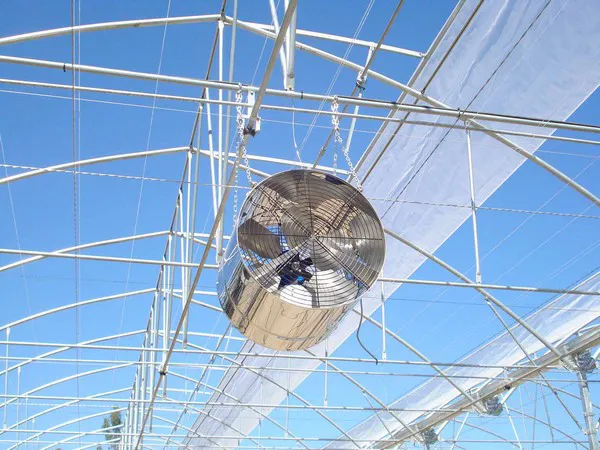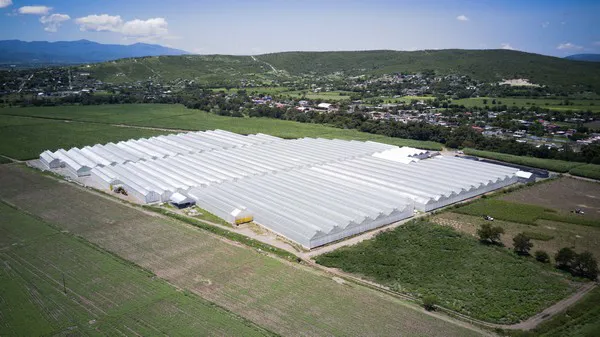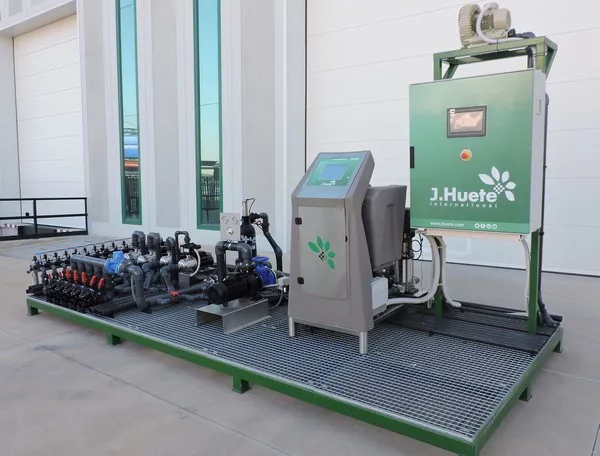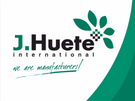The year 1963 would mark a turning point in agriculture, not only in Almeria, but also in the whole southeast of the Iberian Peninsula. When Francisco Fuentes, better known as Paco 'El Piloto', covered his plot in Roquetas de Mar with plastic as part of an experiment in partnership with the National Institute of Colonization, he didn't know that he was taking the first steps towards the revolution that would take this region to the forefront of Spanish fruit and vegetable exports: intensive greenhouse agriculture.
The great increase in the production capacity is a result not only of the commitment of thousands of producers to this agricultural model, but also of the efforts of the greenhouse manufacturing industry, which has been able to adapt to the challenges involved in such a rapid expansion and allowed the growth of the agricultural sector. They have been in a path of joint development together for almost 6 decades. From the first greenhouses in Almería, "made from wood and wire, and with holes in the plastic to allow the water to filter out when it rained, to the wide range of technified and automated greenhouses existing today which, like the fruits and vegetables produced inside them, are widely exported all over the world by Spanish companies," says Javier Huete, CEO of J. Huete International.
Javier Huete.
"Each producer, each crop and each climate require specific specifications, so greenhouses need to be adapted to each project. It is not the same to design and build in Saudi Arabia, with 48 °C, as in Kazakhstan, with -30 °C at certain times of the year," says Javier. "However, in general terms, the market tends to demand gothic greenhouses with great capacity and optimal ventilation systems."
"When it comes to climate control and equipment, it all logically depends a lot on the type of crop. For example, if the customer needs to keep the temperature stable at around 18 °C inside, while outside it is below freezing, we will have to install high-tech heating systems that will obviously not be needed in other parts of the world, such as Hawaii, Kenya or Malaysia, where we have also developed several projects. Therefore, J. Huete International's range of technological solutions covers any need the producer may have: from automated irrigation systems to climate control, fans, recirculators, dehumidification, CO₂ injection, lighting, heating or humidification systems."

Prospects for worldwide growth in greenhouse manufacturing
With more than 6,200 hectares of greenhouses in Murcia and 32,500 hectares in Almeria, both of these regions account for one of the largest concentrations of greenhouses in the world. "In Spain, there will still be some new projects, but what is mostly going to happen is that old greenhouses are going to be renovated. There are many obsolete greenhouses that will be disappearing to make way for automated facilities."
"I also think there will be a little growth in Europe, but not much. Production costs are high, and in the markets that supply the European countries there is overproduction at certain times of the year. In the North American market the opposite is true: overall, there is more demand than supply when it comes to greenhouse horticultural products, and, therefore, the market for protected crops will continue to grow there."
"It is possible that greenhouses will continue to be built in Africa, but they will be simple projects. In Russia and the countries of the former USSR, self-sufficiency in the food chain is encouraged, so they are funding quite a few projects in the agricultural sector. Besides Russia, there are other countries in the area with quite a few greenhouses built, like Uzbekistan and Kazakhstan."

There is still an upward trend in hydroponics
"At J. Huete International we also install hydroponic systems and we perceive that there is increasingly more interest in them," says the CEO of the Murcian company.
"There is still an upward trend and it is going to continue, mainly due to three key factors: firstly, the world is moving fast towards sustainable models in every business, and agriculture is at the forefront of this trend. Hydroponics is cleaner, saves water and fertilizers, and does not degrade the soil. Moreover, it is very profitable for producers, as it allows them to reach optimal levels with each crop more easily, obtaining higher profits. Lastly, hydroponics makes it possible to grow fruit and vegetables virtually anywhere, even in and near cities themselves, which facilitates the supply."
More than 25 years of growth
"We started in 1995 with a very clear goal: implementing high-end technology and innovation in the protected cultivation sector. In the early years, we were mainly devoted to distributing greenhouses and marketing screens in Spain and Portugal. Then we acquired part of the industrial area we currently own and started to manufacture accessories for the installation of those screens. From then on, we incorporated automation systems, such as hot water heating in 1997, and the following year we were already manufacturing greenhouses with the most advanced machinery of the time. In the early 2000's we launched the export department, and in 2003 we expanded into Africa. From then on, other new markets have been added, such as Ethiopia, Turkey and Mexico, with the latter being especially important for J. Huete International. Two years later we created the R+D+i department and in 2008 we were able to work with the UN on some projects."

"Since then, we have been growing sustainably as regards the facilities, machinery and human resources, and we have been working on new projects and high-tech systems, which are fundamental for us. In fact, every year we invest a percentage of our profits in R&D&I to stay ahead of the market by developing new products and equipment."
 For more information:
For more information:
Javier Huete
J. Huete International
Polígono Industrial Oeste
Calle Ecuador, Parcela 4/10
30820, Alcantarilla, Murcia, Spain
www.jhuete.com
